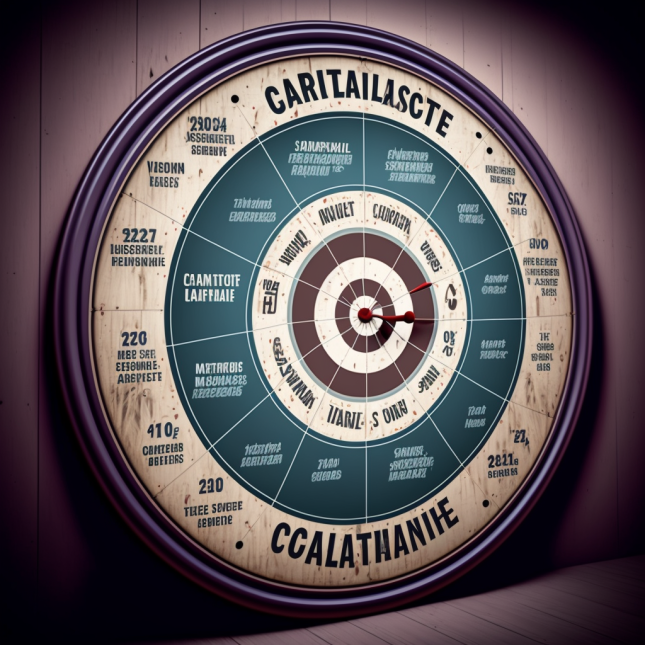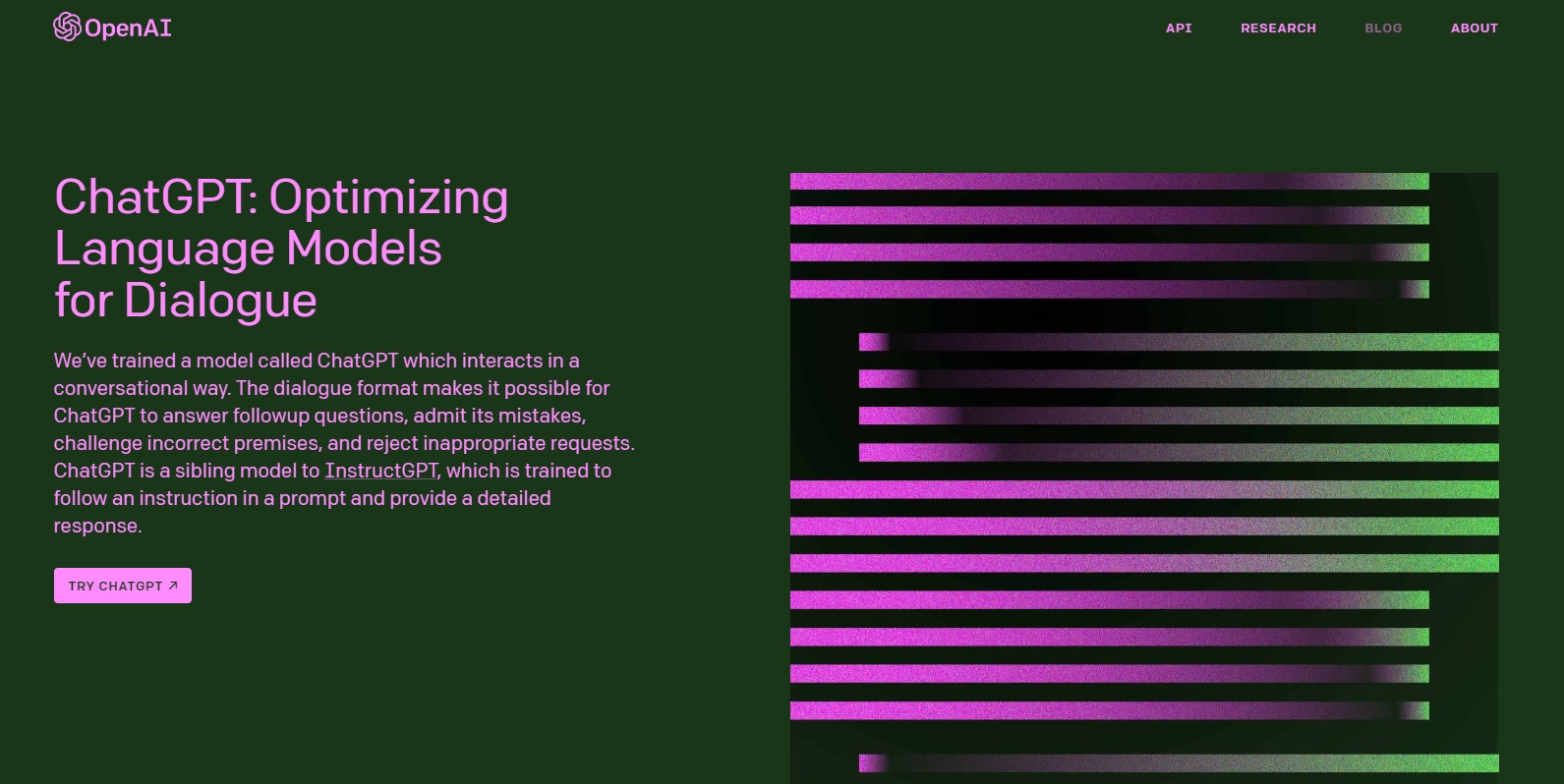Introduction
In today's business world, generating new leads is essential for companies to succeed. With the vast amount of information available on the internet, web scraping has become a popular method for businesses to generate leads. In this blog post, we will explore how web scraping can help businesses find potential customers and create new business opportunities.
Web scraping is the process of extracting data from websites using software. This software, known as web crawlers or spiders, scans websites and extracts relevant information that can be used for various purposes, including lead generation. By leveraging the power of web scraping, businesses can save time and resources in finding new leads and focus on converting those leads into customers.
However, it's important to note that web scraping should be conducted ethically and in compliance with relevant laws and regulations. It's crucial for businesses to respect the privacy of individuals and comply with data protection laws.
In the following sections, we will dive deeper into how businesses can use web scraping to generate leads and explore best practices for conducting web scraping.
Defining Your Target Audience
Before starting the web scraping process, it's essential to define your target audience. This means identifying the characteristics of your ideal customer, such as demographics, interests, and behavior.
To define your target audience, you can start by analyzing your existing customer base. Look at your customer data to identify common characteristics, such as age, gender, location, and purchasing behavior. You can also use market research to gather information about your target audience, such as their preferences, pain points, and interests.
Once you have a clear understanding of your target audience, you can use this information to identify the websites and online platforms where they are likely to spend their time. This will help you identify the sources of data that are most relevant to your business.

Identifying Relevant Websites
The next step in the web scraping process is identifying relevant websites that contain the data you need. There are many sources of data on the internet, and it's important to focus on the ones that are most relevant to your business.
Here are some examples of websites and online platforms that businesses can use to find potential customers:
- Business directories: Websites that list businesses in specific industries or locations, such as Yelp, Google My Business, and Yellow Pages.
- Social media platforms: Websites that allow users to create profiles, share content, and connect with others, such as LinkedIn, Twitter, and Facebook.
- Online marketplaces: Websites that allow businesses to sell products or services online, such as Amazon, eBay, and Etsy.
- Forums and discussion boards: Websites that allow users to share information, ask questions, and engage in discussions, such as Quora, Reddit, and Stack Exchange.
By identifying relevant websites, businesses can focus their web scraping efforts on the sources that are most likely to contain the data they need.

Using Web Scraping Software
Once you have identified relevant websites, the next step is to use web scraping software to extract data. There are many web scraping tools available, ranging from free to paid, with varying degrees of complexity and features.
Here are some examples of web scraping tools that businesses can use:
- Beautiful Soup: A Python library that allows you to parse HTML and XML documents and extract data from them.
- Scrapy: A Python framework that allows you to build web crawlers and extract data from websites in a structured way.
- Octoparse: A web scraping tool that allows you to extract data from websites without writing any code.
- Import.io: A web scraping tool that allows you to extract data from websites and turn it into structured data.
Before using web scraping software, it's important to read the terms and conditions of the website you want to scrape. Some websites prohibit web scraping, while others may allow it but with certain restrictions. It's important to respect the website's terms and conditions and comply with relevant laws and regulations.
Once you have selected a web scraping tool, you can start extracting data from the websites you have identified. The process of web scraping involves sending requests to the website, parsing the HTML or XML documents, and extracting the relevant data.
One important aspect of web scraping is data quality. It's essential to ensure that the data you are scraping is accurate and up-to-date. This can be achieved by setting up regular web scraping tasks to keep the data fresh and by cleaning and validating the data before using it.
Analyzing and Using the Data
After extracting data from websites, the next step is to analyze and use the data to generate leads. This involves cleaning and structuring the data and identifying patterns and insights that can be used to identify potential customers.
Here are some ways businesses can use web scraping data to generate leads:
- Contact information: Businesses can use web scraping data to extract contact information such as email addresses, phone numbers, and social media handles of potential customers.
- Product or service preferences: By analyzing web scraping data, businesses can identify the products or services that potential customers are interested in and tailor their marketing efforts accordingly.
- Competitor analysis: Businesses can use web scraping to gather information about their competitors, such as their pricing strategy, product offerings, and marketing tactics.
- Lead scoring: By using web scraping data to identify patterns and insights about potential customers, businesses can create a lead scoring system that ranks leads based on their likelihood of converting.
Conclusion:
Web scraping can be a powerful tool for businesses to generate leads and create new business opportunities. By defining their target audience, identifying relevant websites, using web scraping software, analyzing and using the data, and following ethical best practices, businesses can leverage the power of web scraping to achieve their business goals. However, it's important to conduct web scraping ethically and in compliance with relevant laws and regulations to ensure that individual privacy is respected and data protection laws are upheld.









